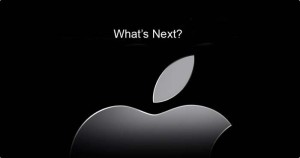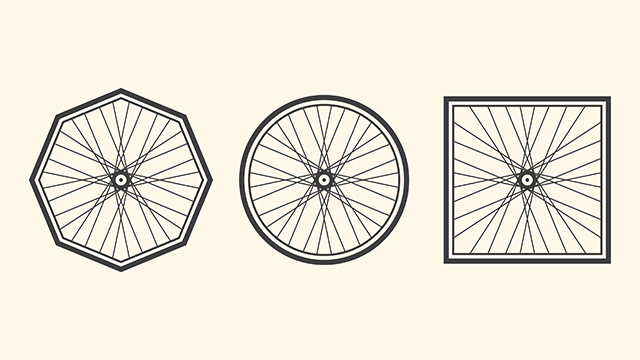Don’t Reinvent the Branding Wheel
Innovative. Transcendent. Groundbreaking.
Many brands would love to be associated with these characteristics, or at least have the words used as descriptions of their brands. But for some, this may not necessarily be a good thing.
As discussed in a recent study from York University in Toronto, finding the right balance of when and how much to update the brand is crucial to brands, especially those who are seen as “sincere” and whose brand perception does not include a propensity for change.
These brands have built their brand equity by tapping into the predisposition some consumers have for the familiar. These consumers want their brands and their products to feel (and look and taste and smell) the same throughout the years, and even the most minor changes can produce shock waves among the fan base.
In this case, branding efforts should make the focus more on reaffirming the standout brand qualities, taking a page from some of the world’s longest-lasting brands and highlighting what got them to this point in their journey.
However, some brands far underestimate the power of familiarity and sincerity, and find themselves caught up in the race to be the “next big thing.” Change is a process – it has to come natural and be the next smart strategic step for a brand, not something that is conjured up out of thin air, simply changing just to say they did it.
This doesn’t mean that brands that are well-established must stay stuck in the mud and not update. It’s that it needs to be a brand evolution instead of a brand reinvention. Subtle, progressive changes are necessary to stay up-to-date and capitalize on the current consumer mindset – the key is to know when it’s time for baby steps, and when it’s time for a leap of change.
On the other end of the spectrum, for those brands where innovation is second nature, the gloves are off. Consumers expect the latest and greatest at fairly regular intervals, and being synonymous with innovation comes with its own set of brand strategy best practices. For instance, in the aforementioned study, consumers saw Apple as “creative, young and exciting” and were more open to  accepting new products that brought about new product interactions.
accepting new products that brought about new product interactions.
But even Apple, who seems to be the leader in “next big thing” development, knows the power of maintaining core brand characteristics. From their iconic logo to the naming architecture of their products, the knowledge that a strong foundation is necessary to support the heavy load of brand updates.
All brands want to be known for something. They all want to have those defining characteristics that can represent who the brand is and what it communicates to their audience. But when it comes to innovation and brand change, the power is in not just being known, but being known for what is best for your brand.
Header Image Source
Image Source 1
Image Source 2
